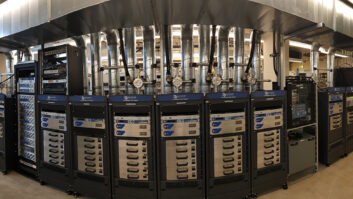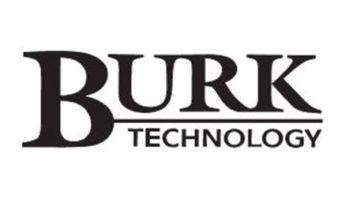
The Consumer Electronics Association, which I head, was founded in 1924. Back then, we were known as the Radio Manufacturers Association, and our sole purpose was to grow the radio market. Our founding members included broadcasters eager to bring radio to American homes.
Today, CEA represents some 2,000 of our nation’s most innovative companies across the entire technology ecosystem. Our industry makes products that improve lives and help grow our economy. The hallmark of our industry is innovation — the consumer electronics industry product cycle is short, and consumers have come to expect that the next generation of devices will arrive quickly, have more features than what they replaced and even cost less. And yes, some of our members still make radios.
Given our focus on innovation, and our shared history with the broadcast industry, we were surprised and disappointed by the news that the radio industry’s trade group, the National Association of Broadcasters, had voted to support legislation that would force manufacturers of mobile devices like smartphones to include an analog radio chip in every product.
Ploy
At first blush, this seems like a good strategy. With nearly 300 million mobile phones in the marketplace, why not require every American to carry a radio receiver inside those devices?
But as it turns out, NAB support for this technology mandate is a cynical ploy to distract lawmakers from the burning question of whether radio broadcasters should continue to enjoy their exemption from performance royalty payments.
Although CEA is not a party to the ongoing discussions between NAB and the Recording Industry Association of America and musicFirst coalition regarding performance royalties, we now have been brought into the discussions by this action.
We certainly recognize that NAB is under great pressure, but its tack seems odd: Members of Congress rightly judge their constituents to be in no mood for government mandates or interference with the marketplace. CEA has yet to identify one member of Congress willing to support NAB’s attempt to impose old analog radio technology on new portable products.
More, NAB has yet to make a truly coherent argument in support of this proposed mandate. In citing emergency alert benefits of such a mandate, NAB glosses over the fact that alert pass-throughs are not currently mandated, and indeed many local radio stations are unmanned, particularly at nights and on weekends, rendering the alleged emergency alert “benefit” unreliable and raising questions about the wisdom of permitting such unattended operation.
But far worse is how weak this proposal makes broadcasters look. It says to Americans that radio is a legacy horse-and-buggy industry trying to put limits on innovative new industries to preserve its former monopoly. The industry’s refusal to innovate to the benefit of consumers raises questions about the ongoing wisdom of broadcaster use of publicly owned spectrum that, some have suggested, might better be used for broadband services that serve the public interest.
Not in demand
Even some in the broadcast industry recognize that consumers who want “radio” on a cell phone don’t want it via actual radio.
Clear Channel created a smartphone application that delivers radio and other entertainment features over more reliable and interactive data networks. The company reports that nearly 6 million users have downloaded the app. Millions of consumers are enjoying the new generation of broadband-enabled radios that allow them to listen to the online streams of their favorite local broadcasters.
A recent CEA survey found that 70 percent of cell phone and smartphone owners are not interested in FM radio capability on their phone. Sixty-eight percent said they weren’t interested in the feature even to receive emergency alerts.
Of course, those consumers who do want such functionality can already find it in the more than two dozen mobile phone models on the market today that have FM tuners built in — a fact helpfully highlighted by NAB on its own advocacy website.
While everyone else — consumers, government and corporations — recognizes the technological shift that is rendering FM radio all but obsolete, the NAB and RIAA refuse to adapt. These lobbyists would have advocated requiring every Model T be sold with a horse-and-buggy attachment, every graphing calculator with an abacus, and every digital watch with a sundial.
Don’t be fooled. The push for a mandatory FM radio in your cell phone has everything to do with NAB’s cynical lobbying techniques and does not well represent the legacy of this proud industry.
Don’t let it be said that rather than adapt to a changing world, the broadcasting industry would saddle smartphones with an outdated and burdensome feature that virtually no one wants.
For the sake of consumer choice, manufacturer freedom and technological innovation, radio broadcasters would be wise to see through the NAB’s flimsy spin and reject a mandate for FM receivers in phones. I extend a personal invitation to all of our radio industry friends to join us at the 2011 International CES, Jan. 6–9 in Las Vegas, to explore the next generation of devices enabling consumers to access local broadcast content. In touring the show floor, I think you will find that the free market — not government mandates — holds the best hope for ensuring that our industries continue to innovate and thrive.
Gary Shapiro is president and CEO of the Consumer Electronics Association (CEA), the U.S. trade association representing some 2,000 consumer electronics companies.












